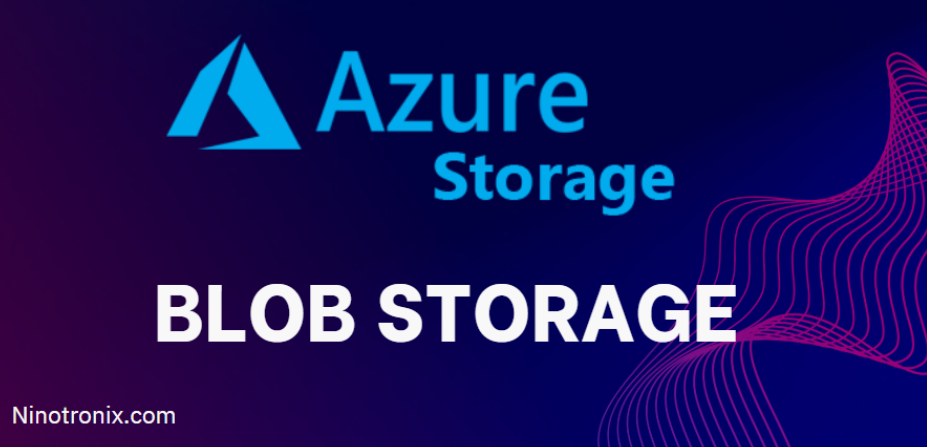Zero trust principle
The zero trust model is founded on the principle of never trust, always verify, which is especially crucial in microservices architecture. In such an environment, each microservice operates in its own isolated container or virtual machine and often interacts with multiple other services. This distributed nature makes it imperative to ensure that every service is authenticated and authorized before it can communicate with another service.
In the AWS ecosystem, several services and features can be employed to enact zero trust architecture. With IAM, you can specify which services allow communication with each other and what kind of data they can access or modify. Security groups act as virtual firewalls that limit the types of traffic that are allowed to pass through, thereby reducing the attack surface.
By setting up stringent rules using both IAM and security groups, you can create a robust zero-trust environment. This ensures that even if an attacker gains access to one service, they cannot easily move laterally across other services.
Types of communication
In a microservices architecture, the way services communicate with each other is of paramount importance for both functionality and security. Communication between services can be broadly categorized into two types: synchronous and asynchronous.
Synchronous communication
In synchronous communication, a service sends a request to another service and waits for a response before continuing its operation. This is commonly seen in RESTful APIs, where one service calls another via HTTP/HTTPS and waits for the response. While this method is straightforward and easy to implement, it does introduce latency, as the calling service is blocked until it receives a response.
From a security standpoint, synchronous communication often requires robust authentication and authorization mechanisms. In the AWS ecosystem, you can use Amazon API Gateway along with IAM roles to secure your RESTful APIs. API Gateway provides features such as rate limiting, data validation, and API keys, which can be crucial for securing your endpoints.
We will cover APIs and API Gateway in more detail later in this section.



